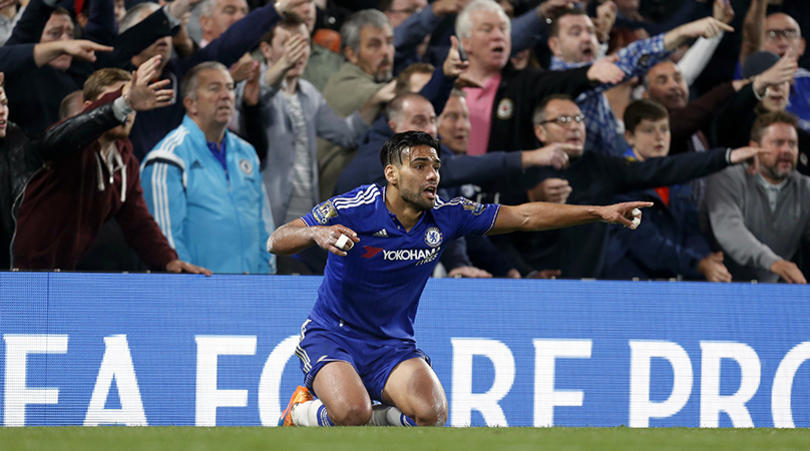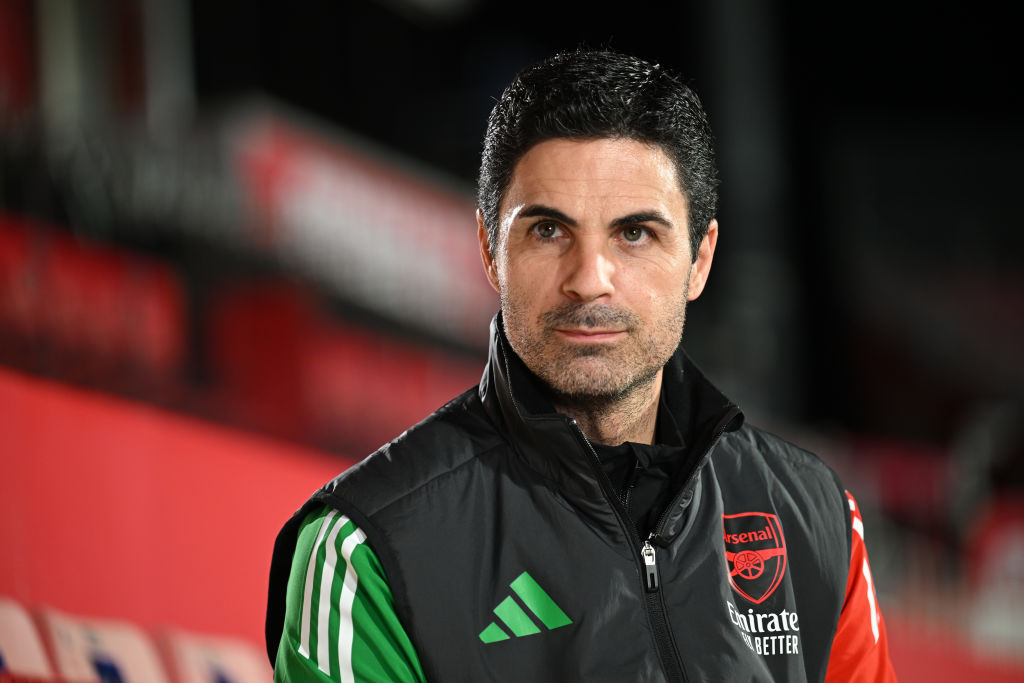8 great players we’ve all forgotten about
Sometimes, even the finest players of their generation can struggle to retain a resonance after the final whistle has gone. Seb Stafford-Bloor jogs our memories...
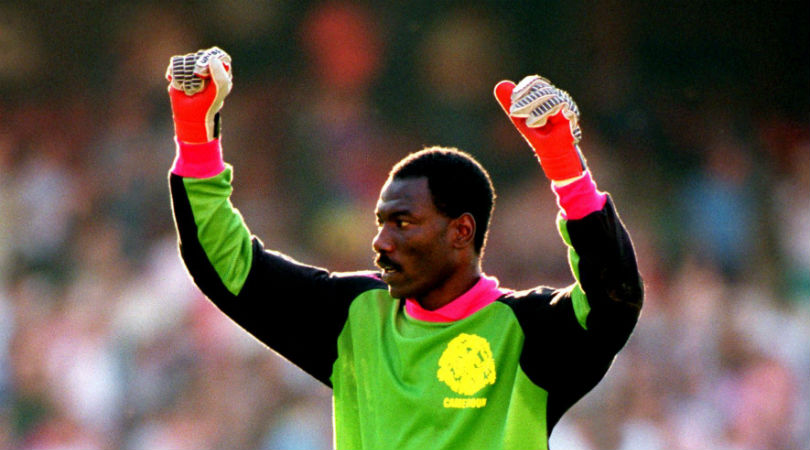
Darko Pancev
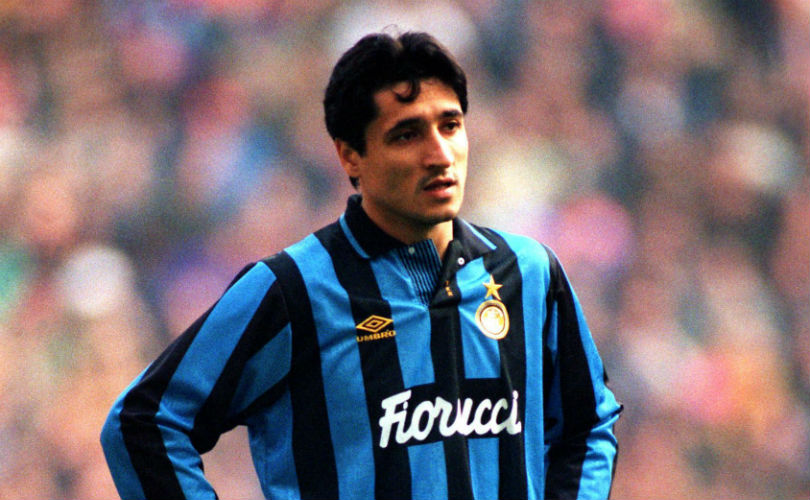
The entire Red Star Belgrade side that won the 1991 European Cup might actually belong on this list. The difference between the brightest lights from that side and Pancev is clear, though: while Sinisa Mihajlovic, Dejan Savicevic and Robert Prosinecki all grew into the game’s broader conscience on bigger stages, Pancev’s move to Serie A and Inter Milan was a disaster, rendering his three prolific seasons in Belgrade as an anomaly.
There are theories as to why. Maybe he lacked the additional dimensions to challenge Italian defences; perhaps – as rumours suggest – his attitude wasn’t what it could have been. Or maybe he’d always been a symptom of Red Star’s success, rather than a root cause. Most likely, the regression from being runner-up in 1991’s European Footballer of the Year voting to a crocked afterthought in the Swiss league by the middle of that decade can be attributed to a combination of all three.
But that shouldn’t diminish what he was. Pancev was brash and a firm believer in his own greatness, but by the time of his Inter transfer he had reason to be. Those crackling VHS tapes don’t lie: he was a wonderfully instinctive forward, full of final-third vitality and a range of finishes which made him the lethal diamond point of that wonderful Red Star side. His second-leg goal against Bayern Munich in that 1991 semi-final remains one of the competition’s very finest and his falling volley at Ibrox, which he controlled and set with his face, isn’t far behind.
By modern standards, he didn’t do enough. His narrow interpretation of a forward’s role and his determination to operate solely within the final 30 yards of the pitch was instructive to his misery in Italy, but - within his own time and during that brief late 1980s/early 1990s period - he was one of European football’s most ruthless plunderers.
Jean-Pierre Papin
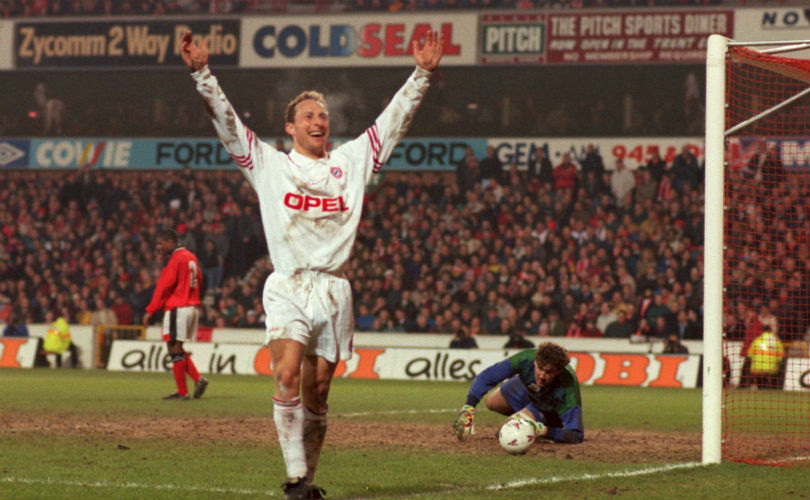
Has there ever been a better volleyer of a football?
Get FourFourTwo Newsletter
The best features, fun and footballing quizzes, straight to your inbox every week.
Rather unfairly, Papin is probably remembered more for what happened after he won the Ballon d’Or and had become the world’s most expensive player, rather than what he did to earn those honours. In part, that’s due to the terrible luck he experienced along the way: as a Marseille player he lost the 1991 European Cup Final to Red Star Belgrade on penalties and then two years later, having signed for Milan, he was on the losing side again. This time the winners were his former team-mates, with OM reaching the apex of their (tainted) Bernard Tapie era.
Fabio Capello’s Milan were an obvious draw, but particularly enticing must have been the opportunity to play alongside Marco van Basten. Unfortunately for Papin, Van Basten’s career was nearing its premature end and, collectively, the Rossoneri were evolving. Frank Rijkaard and Ruud Gullit would depart, Zvonomir Boban, Marcel Desailly and Dejan Savicevic would arrive and, in a sense, Papin found himself caught between eras.
They were equally successful eras, of course, but by the time Milan returned to the European Cup final to obliterate Barcelona’s Dream Team in 1994, Daniele Massaro was leading Capello’s line. In Athens, Papin didn’t even make the bench.
Two fallow years at Bayern Munich followed, before he returned to his native France. It was a substantial career, but a terribly unlucky one too. Papin’s medal collection is plentiful - he won three Scudetti in Italy and four Ligue 1 championships with l'OM - but somehow managed to evade the immortality of European success on offer at both of those clubs during that five-year window. Nevertheless, the memories aren’t misleading: at the height of his powers, he was a thrillingly watchable player whose ball striking and technique remains exemplary.
John Robertson
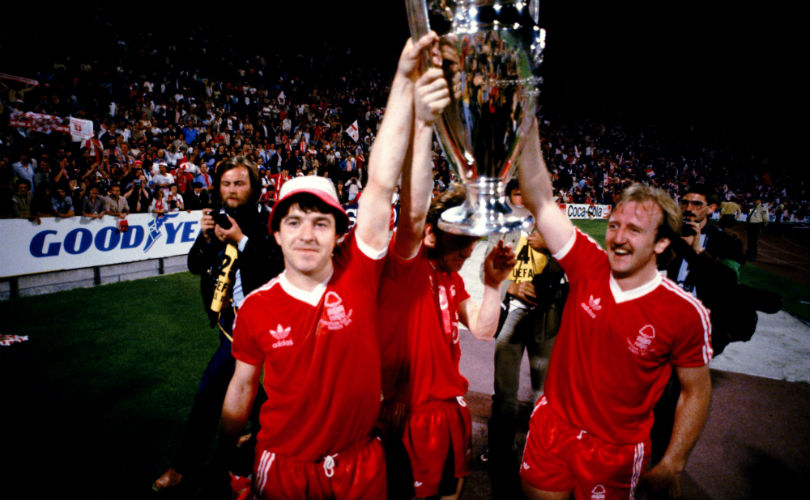
It’s not a coincidence that Robertson was decisive in both of Nottingham Forest’s European Cup wins, because Brian Clough directed almost all of their attacking play through him. And actually, the spiralling cross which Trevor Francis converted in Munich’s Olympic Stadium was the perfect representation of that function and also Robertson’s range of abilities. Tight to the touchline, hassled by defenders and with no obvious space to work in, and yet he produced a millimetre- perfect ball. Clough’s little fat boy was an artist of an attacking player, all drops of the shoulder, feints and thrust, and yet that individual class has been lost to the wider myth.
It’s the hidden cost of having played for Clough. While his achievements endure in technicolour, those who were party to that success appear now in monochrome and, unfairly, often portrayed as - in Robertson’s own words - “ragtag and bobtail”. Certainly, the components of that Forest side aren’t remembered in nearly the same way as the Liverpool players who would prosper in Europe under Bob Paisley and Joe Fagan, and - in the present day - they are recalled as Brian Clough’s teams rather than, individually, players who played for Brian Clough.
People forget Larry Lloyd and Kenny Burns, Frank Clark and Ian Bowyer. They may not quite forget Robertson, the Clough mythology has kept his name in steady rotation, but he isn’t remembered with nearly enough wonder.
Michel Preud’homme
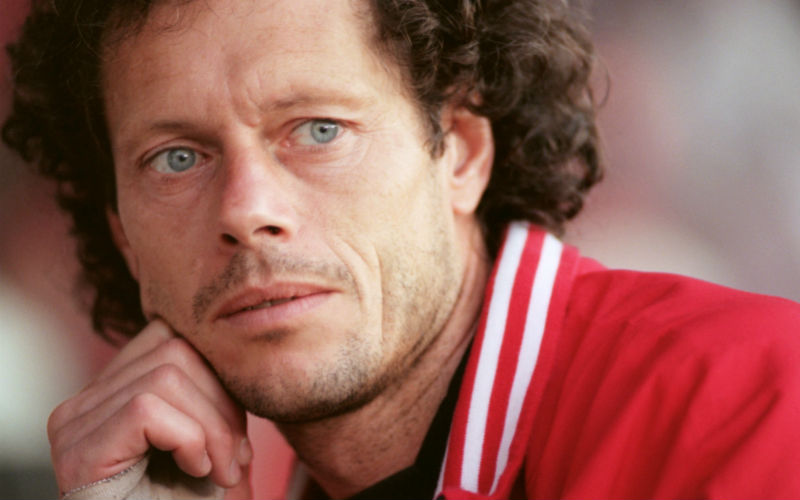
Preud’homme was unfortunate, because by the end of his career in 1999, world football had a dizzying array of excellent goalkeepers. Oliver Kahn, Peter Schmeichel and Gianluigi Buffon all deserved their place in the game’s stratosphere and, in Madrid, Iker Casillas had begun to emerge as one of the pre-eminent players of the next decade.
But Preud’homme was a genuinely outstanding goalkeeper and one who, in many ways, helped to construct a stylistic template. Muscular and agile, physically dominant and blessed with iron wrists but soft hands, it’s possible to see shades of Kahn in his work – Schmeichel too – and Angelo Peruzzi, Juventus’s barrel-chested No1. But Preud’homme’s greatest feat was his longevity. Goalkeepers may naturally operate on a slightly different timeline, but having made his international debut for Belgium in 1979, he was still around to claim the Yashin award at the 1994 World Cup.
His career lasted a remarkable 22 years, from 1977 to 1999, and much of it was spent in his own country. In fact, it wasn’t until 1994, after long spells at both Standard Liege and Mechelen, that he left Belgium. Had that been different - had he played for a recognised powerhouse during the 1980s - then he would have commanded a place in any debate over the era’s finest.
Thomas N’Kono and Joseph-Antoine Bell
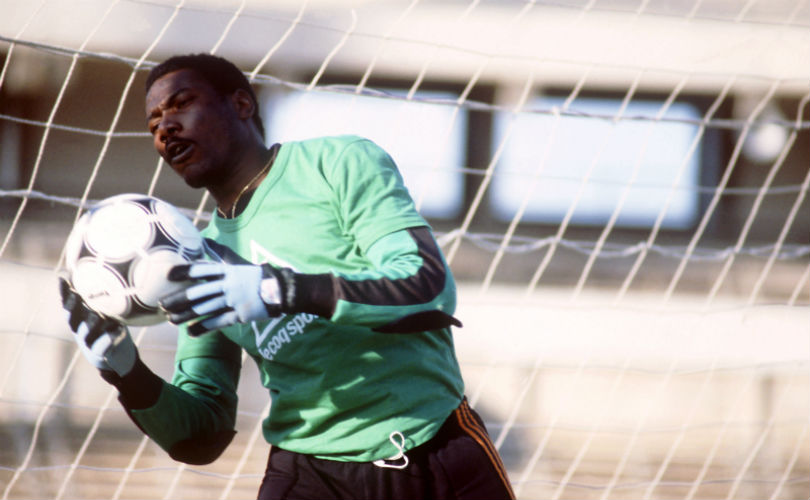
Inseparable forever, bound together by their rivalry. An anecdote to frame N’Kono’s ability: Gianluigi Buffon cites him as an influence and even gave his son the middle name Thomas. That’s quite an accolade to contemporary eyes and it’s one N’Kono deserves.
To many, he remains the player who brought down Gary Lineker in the 1990 World Cup quarter-final, but in Africa he remains an immortal and one half of a pair of pioneering goalkeepers. He may have been outspoken and his story contains a few unusual anecdotes, but as a keeper he had the reach, reactions, positioning and handling to have been an asset to almost any side of his generation.
The question of whether he was better than Bell is unanswerable; it’s an argument which will persist long after both men are gone. But though there may have been little separation in ability, there was certainly a stylistic variation between them. Of the two, Bell was clearly the more aggressive, preferring a higher line and thinking of himself as more of an 11th outfield player than an outright stopper. They were both fabulous players.
The broader point concerns their effect on African football. Both enjoyed highly successful domestic careers and regularly excelled for their country, and both enjoyed success in Europe; N’Kono with Espanyol, Bell in France, with Marseille, Bordeaux and Saint-Etienne. They deserve to be bracketed, first and foremost, as world-class goalkeepers, but their place in history and the stereotypes they helped to defeat have left a vast legacy traceable in almost every African goalkeeper who has succeeded in European football since.
Giuseppe Signori
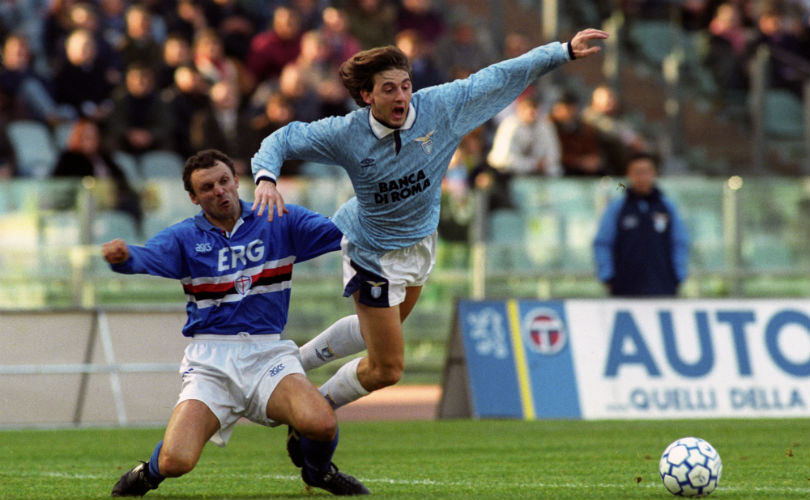
Not forgotten, but certainly underestimated. For most British football fans, Signori remains in that enclave of memories attached to Football Italia. The hope, for many, was to see Lazio and Paul Gascoigne on those Sunday afternoons – hopes which were more often than not dashed by Gascoigne’s persistent injury difficulties.
But Signori was quite a consolation. Catenaccio was long in retreat by the 1990s, but Serie A was still a land of rugged defenders and stingy backlines. Signori, standing barely 5ft 7in in his socks, presented a fascinating challenge to that. He would slip between the cracks, his legs blurred by motion, searching for that slither of space and second of time to cock his left foot. And then, the hammer blow: Christ, he had so much power.
His statistics certainly place him among the very best Italian players of his era - 90 league goals in four seasons between 1992 and 1996 - but it was the spectacle which should endure, and that tiny man playing with such violence.
Djalminha
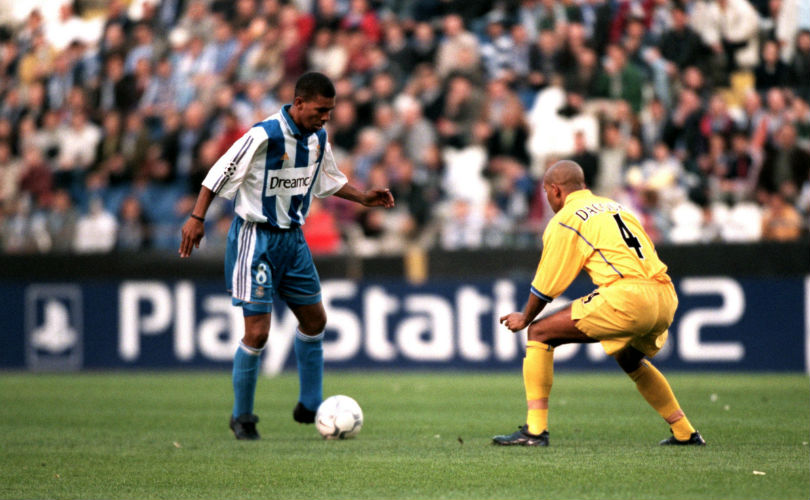
A true neutral’s favourite, because who wasn’t entertained by Djalminha? Imagine his career now though, had it enjoyed the multiplying effects of social media. It’s hard to believe that a single weekend would pass without Twitter gasping over one of his rainbow flicks, no-look passes or something else from his vast reservoir of technical flair.
What made Djalminha fascinating, though, was just how effective he often was - and how spectacular those moments were. Time has probably purified his memory and Deportivo La Coruna fans will have a better perspective on the true ratios, but the Brazilian still led them to a La Liga title in 2000. Even now, even more than a decade after Ronaldo and Messi began painting their respective masterpieces, Djalminha’s body of work remains jaw dropping.
He was also a man out of time. While many viewed the blend of his gifts and his suspect temperament as representative of a grand Brazilian ideal, he conformed to that cliche long after it had gone out of date and, really, when joga bonito had become a nostalgic fantasy. In that context, Djalminha was a renaissance man of European football, burning brightly but briefly with a range of extravagant gifts and a left foot to die for.
Seb Stafford-Bloor is a football writer at Tifo Football and member of the Football Writers' Association. He was formerly a regularly columnist for the FourFourTwo website, covering all aspects of the game, including tactical analysis, reaction pieces, longer-term trends and critiquing the increasingly shady business of football's financial side and authorities' decision-making.
